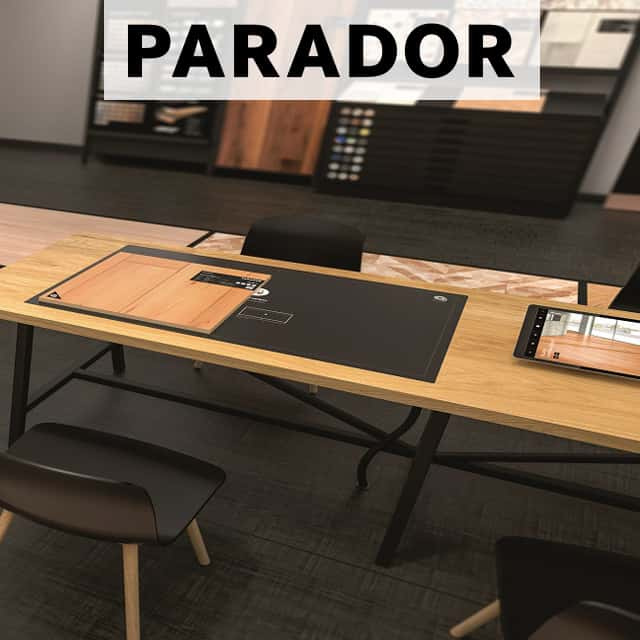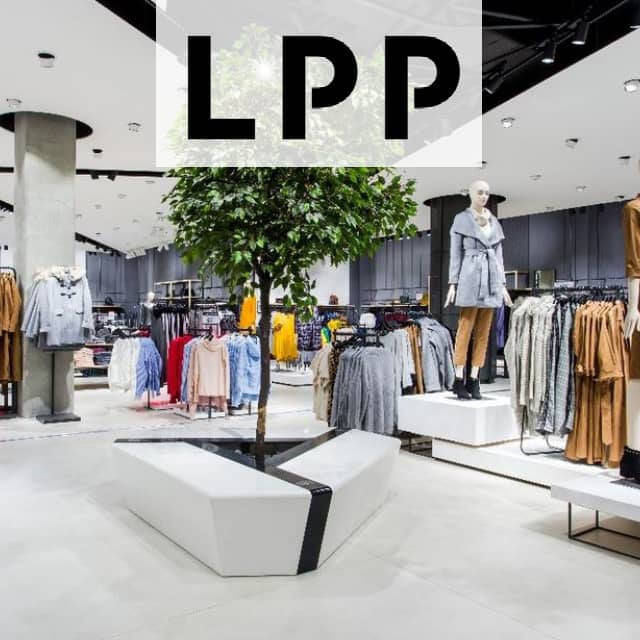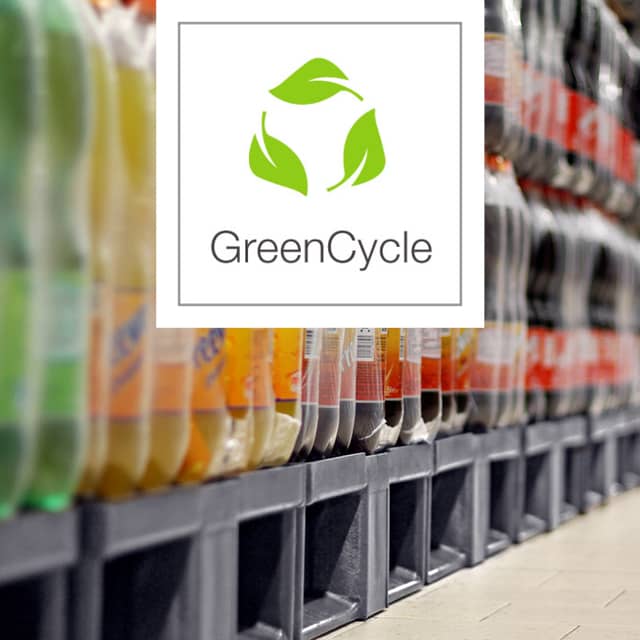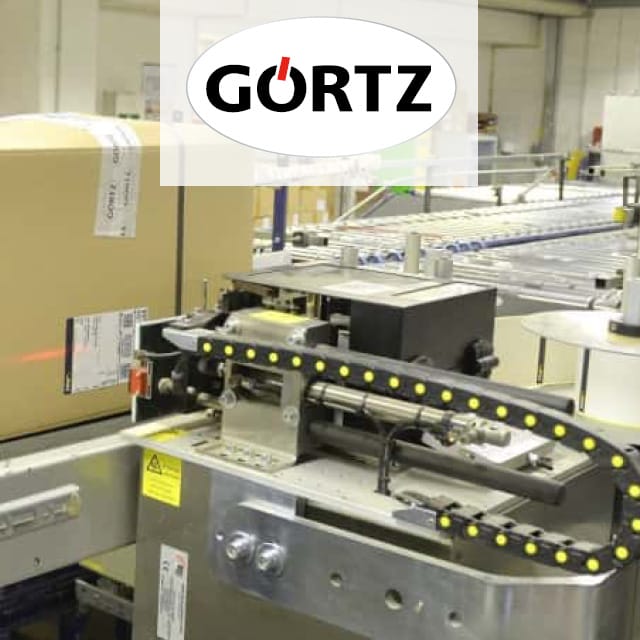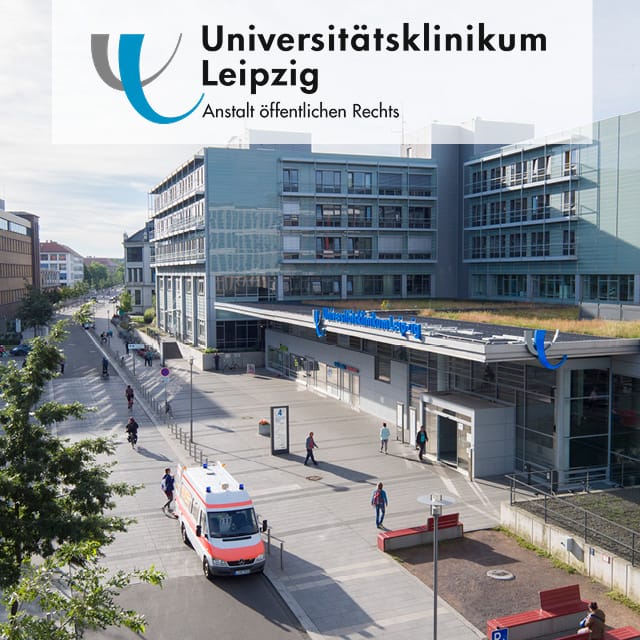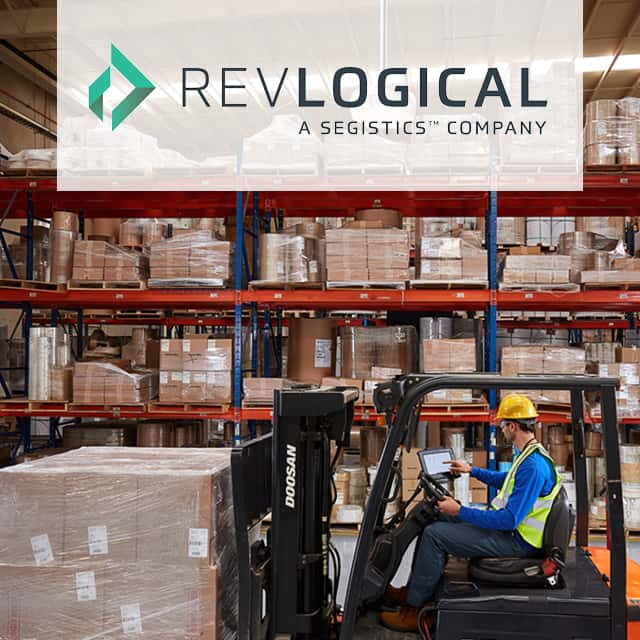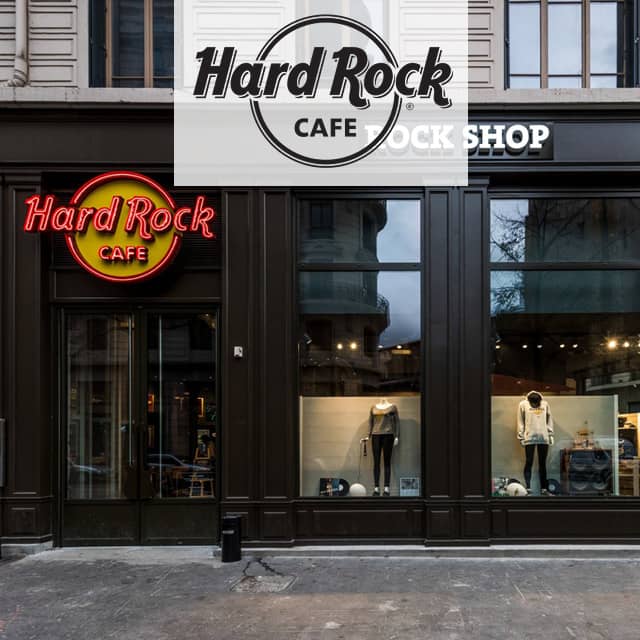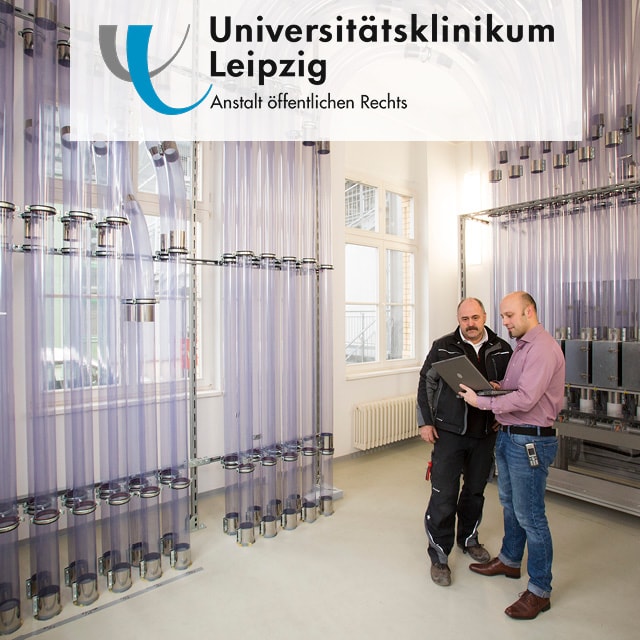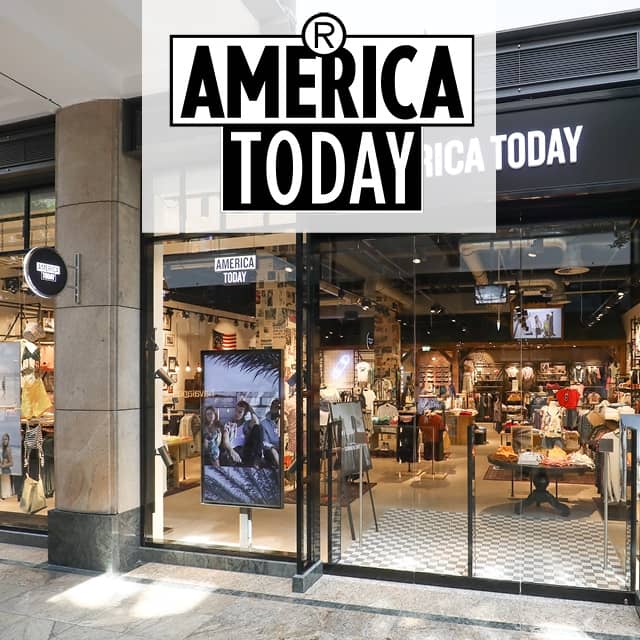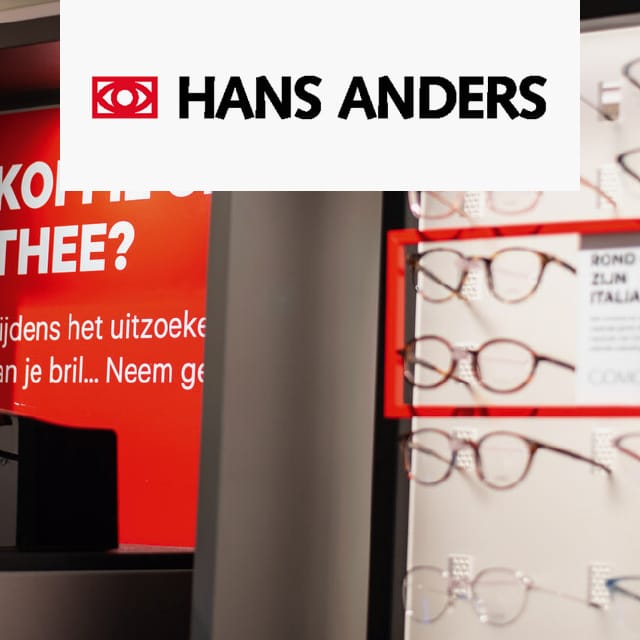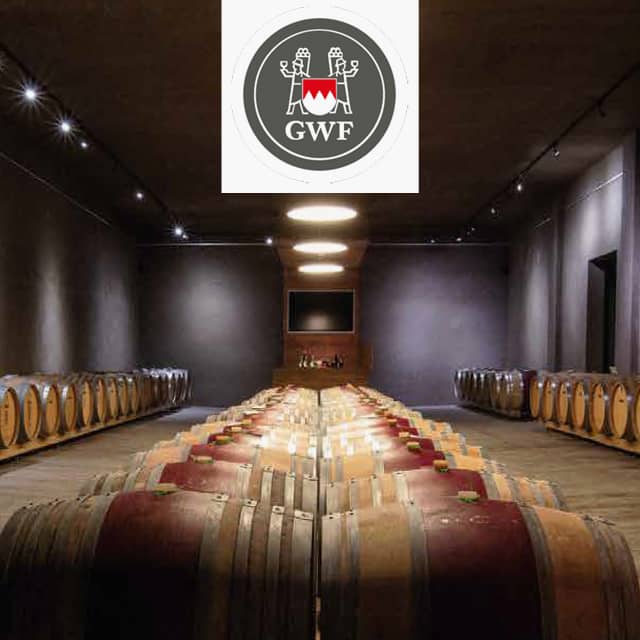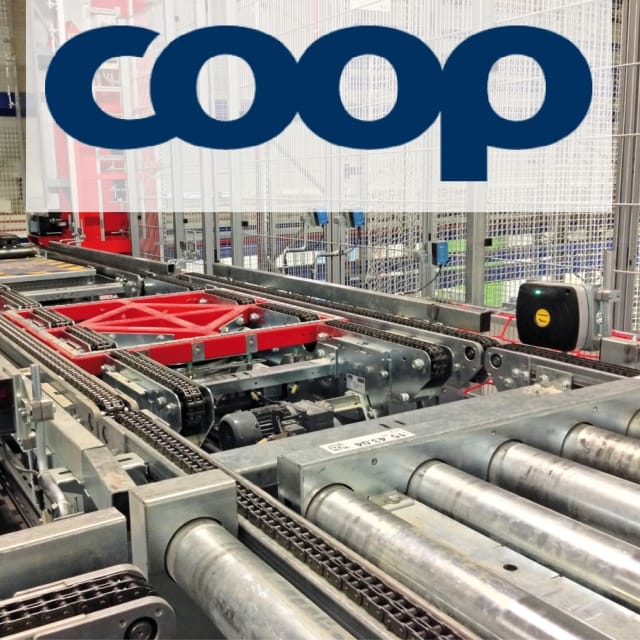
Warehouse Management with UHF-RFID at Coop Norge
The distribution center of the Norwegian food retailer Coop is one of the most progressive distribution centers in Scandinavia.
To better manage operations, a logistics system integrator implemented a combined barcode RFID identification system with Turck UHF RFID technology.
With the collective know-how of both companies, overreach in the operation of several neighboring UHF antennas could be prevented.
Process Requirements
Coop is one of the largest grocers in Norway. From the 50,000 square meter logistics center, the eastern parts of Norway are supplied with around 12,500 different articles of all temperature ranges, from the dry, fresh and frozen range as well as fruit and vegetable products. At the same time, slow-selling and special articles are also stored and the 850 Coop branches throughout Norway are stocked with them.
Coop has been using RFID technology for several years and was a key player in an RFID project launched by Norsk Lastbærer Pool NLP in 2011. The RFID pilot involved two food manufacturers, Maaraud and Finsbråten, who send their goods on RFID tagged plastic pallets to two distribution centers in the Norwegian retail chain.
Solution
The entire storage process, which is conventionally controlled by barcodes, is carried out in the new logistics center entirely using UHF technology. This means that RFID readers have been installed at all stations where barcode readers would otherwise be used. In total, we have connected around 250 UHF readers based on RS485 directly to the control system.
In addition, light barriers control the process. The complete warehouse management, from warehouse supply to goods issue, is mapped with the system. It has been running productively for about a year.
The complete control via RFID meant that this high number of readers had to be installed in small areas. A special requirement for the correct pallet control was therefore the reader setting: The reading range must be large enough to identify the data carriers, but must not be too wide to prevent other pallets from being unintentionally detected.
For this reason, a complete test installation was set up at the system integrator in advance. The setting of the readers was tested here one on one in order not to start from scratch in the real environment. On site, only a fine adjustment to the special conditions had to be carried out.
Technology Partner
Hardware & Software
Advantages
- The continuous identification in the warehouse enables the entire cooling chain from the manufacturer to the supplier to the retailer to be documented on a single data carrier.
Learn More
Questions? Get in contact with the editorial team!
Technologies
Application Fields





